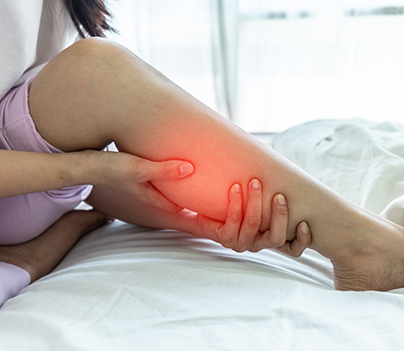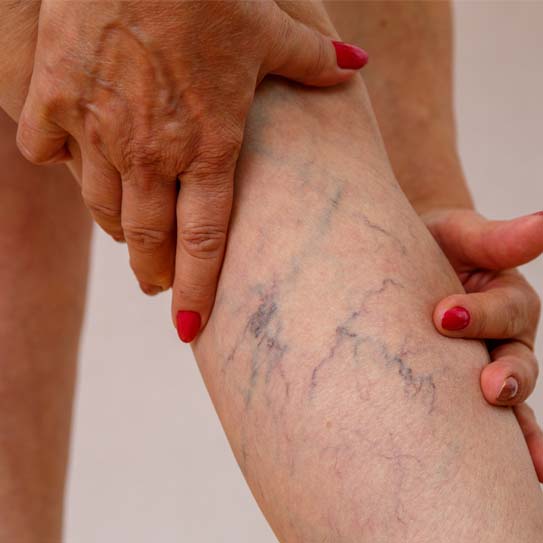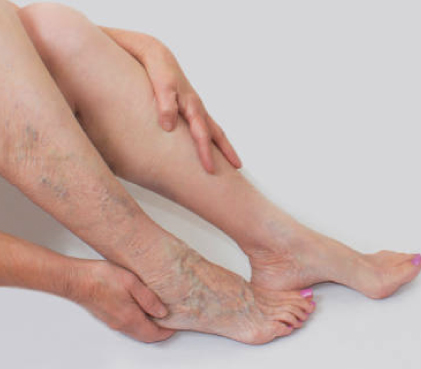
A doctor or nurse will carefully monitor your vitals, such as your blood pressure and heart rate during the operation, and you will be given general or spinal anaesthesia so that you won't feel any discomfort. The surgeon will create an incision over the side of the hip to introduce the arthroscope, remove the diseased hip joint, and replace it with a hip implant after administering anaesthesia. The surgeon will examine if the implant has been positioned correctly before adhering sutures to the wound.
Guidelines for preparing for hip replacement surgery will be provided by the orthopaedic surgeon. Additionally, he or she could advise you to get your house ready so that when you get home following hip replacement surgery, you can find everything simply and have less discomfort while you heal. To make the recuperation process simpler and more comfortable, it is usually preferable to make arrangements for someone to be with you.
Your hip surgeon will thoroughly explain the process, risks, and advantages of hip replacement surgery to you and will answer any questions you may have so that you can make an informed choice. Your surgeon will review your whole medical history when you decide to have the surgery and do a few diagnostic exams and scans to make sure you are healthy and qualified to have the procedure.
Prior to the operation, it is advised that you fast for eight to twelve hours. You will also get anaesthesia, which will put you to sleep during the procedure. In addition, depending on your situation, the orthopaedic surgeon could ask you to take certain additional particular measures.


Is physiotherapy or rehabilitation necessary after a hip replacement?
Following hip replacement surgery, physiotherapy aids in the patients' quicker recovery. It aids with their bodies' adaptation to using the implant in order to get the most strength, functionality, and range of motion. Additionally, it reduces the dangers of hip dislocation, deep vein thrombosis, infection, and other problems following surgical hip replacement.
Is having your hip replaced painful?
The hip replacement treatment is carried out while the patient is unconscious. Therefore, the actual procedure is not at all painful. After the treatment, the patient can suffer some pain and discomfort while their body gets used to the prosthesis, but this is completely normal and controllable.
What function do walkers provide after hip surgery?
To encourage adequate healing after a hip replacement, the patient is recommended to avoid bearing all of his weight on his knees and hips. Because the replacement hip might not be ready to support the entire weight of the body, there is also a larger risk of damage or dislocation. After a hip replacement, patients can use a walker to assist the new hip move steadily while remaining within the limits of weight bearing.

Also known as endovenous laser treatment or EVLA, this is a minimally invasive ultrasound-guided procedure that involves the use of ultrasound images and laser fiber in order to kill the delicate lining of the veins. After a few days following the procedure, the body absorbs the dead tissues, closing off the abnormal veins with minimal or no discomfort. This is one of the most commonly preferred methods as it involves far fewer complications, and the recovery time, as well as the success rate of this method, is much faster and higher than that of any surgical process.

Also known as endovenous laser treatment or EVLA, this is a minimally invasive ultrasound-guided procedure that involves the use of ultrasound images and laser fiber in order to kill the delicate lining of the veins. After a few days following the procedure, the body absorbs the dead tissues, closing off the abnormal veins with minimal or no discomfort. This is one of the most commonly preferred methods as it involves far fewer complications, and the recovery time, as well as the success rate of this method, is much faster and higher than that of any surgical process.

Also known as endovenous laser treatment or EVLA, this is a minimally invasive ultrasound-guided procedure that involves the use of ultrasound images and laser fiber in order to kill the delicate lining of the veins. After a few days following the procedure, the body absorbs the dead tissues, closing off the abnormal veins with minimal or no discomfort. This is one of the most commonly preferred methods as it involves far fewer complications, and the recovery time, as well as the success rate of this method, is much faster and higher than that of any surgical process.